A retroscope camera combines vintage aesthetics with modern photography technology, delivering high-quality images in a retro style. It’s perfect for creative shoots, nostalgic portraits, and stylish travel photography. Available in various models, it offers unique features for both beginners and professionals.
“Stay tuned with us — we’ll be diving deep into the world of the retroscope camera, exploring its features, uses, and tips to help you capture timeless, retro-style photos like a pro.”
What Is the Retroscope Camera? (Quick Overview)
The retroscope camera is a modern digital camera designed to mimic the aesthetics and shooting experience of vintage film models. While traditional film cameras use chemical processes to capture images, the Retroscope camera employs a high-resolution digital sensor but applies retro-style filters and film emulation to create that classic analog feel.
This type of camera appeals to a wide range of users: from street photographers looking for artistic character in their shots, to vloggers wanting a unique style for their videos. Unlike basic point-and-shoot models, the Retroscope camera offers manual controls, interchangeable lenses (depending on the version), and an intuitive interface that pays homage to old-school design.
Some models come with built-in Wi-Fi or Bluetooth for quick sharing, often supported by the Retroscope camera app, while others emphasize pure photography with minimal digital distractions.
If you’re looking to purchase one, the Retroscope camera Amazon listings provide a range of models and bundles to suit different budgets.
Quick Specs Snapshot
While exact specifications vary by model, here’s a general idea of what you might expect from a retroscope camera:
- Sensor: 20–24 MP APS-C CMOS or similar
- Lens: Fixed prime lens or interchangeable mount
- Display: Tilting LCD or viewfinder (optical or electronic)
- Connectivity: Wi-Fi / Bluetooth for image transfer
- Battery Life: 250–400 shots per charge
- Body: Retro metal chassis with leather-style grip
- Weight: Around 450–550 grams
Design & Build: Retro Looks Meet Modern Tech
One of the biggest attractions of the retroscope camera is its design. It takes clear inspiration from mid-20th-century rangefinders and SLRs, featuring tactile dials, classic fonts, and a leather-style wrap that instantly transports you to photography’s golden age.
Despite the retro look, the ergonomics are thoughtfully modern. The grip is shaped for comfort, buttons are logically placed, and the dials provide satisfying mechanical feedback. Many models include a hybrid viewfinder that lets you switch between optical and electronic modes — combining the best of both worlds.
Weather sealing on certain versions allows for shooting in light rain or dusty conditions, making the Retroscope camera as practical as it is beautiful. The overall build quality feels premium, and the combination of nostalgia and functionality is one of its strongest selling points.
Image Quality & Performance (Detailed)
The charm of the retroscope camera isn’t just skin-deep — it delivers excellent image quality that rivals other cameras in its price range. Thanks to a modern sensor and image processor, you get sharp, detailed shots with accurate colors. The retro appeal comes from its in-camera film simulation modes, which add grain, soft color shifts, and contrast adjustments to mimic film stock.
Low-light performance is particularly impressive for a camera focused on aesthetics. With good noise control and wide aperture lenses, you can shoot indoors or at night without excessive grain (unless you choose it intentionally for style). Autofocus speed varies depending on the lens, but most Retroscope models perform well for everyday photography, street shooting, and portraits.
Fans of casual and social photography will notice its similarity in creative vibe to a Dispo camera, though with far superior manual control and image quality.
Retroscope Camera Features & Modes (Deep Dive)
The retroscope camera is feature-rich without feeling overwhelming. The highlight is its suite of film emulation modes, which can replicate classic stocks like Kodachrome, Fujifilm Velvia, or black-and-white Tri-X. These modes apply subtle changes to contrast, saturation, and grain, giving each shot a distinct personality.
Manual controls are at the forefront, letting you adjust shutter speed, aperture, ISO, and white balance with dedicated dials. This tactile control makes shooting more engaging than endless menu diving. Advanced exposure options, bracketing, and custom profiles allow for creative experimentation.
If you’re using accessories like the Retropia lens, it’s worth learning how to use Retropia lens correctly to achieve unique soft-focus or vintage effects. Similarly, photographers experimenting with a lens disposable camera or adapting a micro 4/3 disposable camera lens can get distinctive character in their shots.
How to Use the Retroscope Camera: Beginner’s Step-by-Step Guide
Getting started with the retroscope camera is simple, even if you’ve never used a manual-control camera before.
First, unbox the camera and charge the battery fully. Insert a compatible memory card, then power it on. Set the date, time, and language, and connect to the Retroscope camera app if desired.
Next, choose your shooting mode. Beginners can start with aperture priority for portraits or shutter priority for motion shots. Turn the film simulation dial to try different retro looks — this is where the camera’s personality shines. Focus using the hybrid viewfinder or LCD screen, compose your shot, and press the shutter gently to avoid camera shake.
Those familiar with app-based cameras may notice the process feels more intentional than shooting with a Dispo camera, though both embrace a relaxed creative style.
Best Settings & Pro Tips for Each Use Case
For street photography, set your retroscope camera to a high shutter speed (1/250 or faster) and a moderate ISO for quick, sharp shots. For portraits, use aperture priority with a wide aperture (f/2 or f/1.8) to create creamy background blur.
Low-light scenes benefit from a tripod, lower shutter speeds, and higher ISO — but remember, a bit of grain can enhance the retro feel. For video, use 24fps for a cinematic look and keep stabilization on.
If you’re trying to replicate the look of casual disposable photography, you can experiment with the best camera settings for Pocket Dispo as a creative challenge on your Retroscope, adjusting exposure and grain to get similar results.
Always shoot in RAW+JPEG when possible: RAW for editing flexibility, and JPEG for instant retro-styled results straight from the camera.
Sample Gallery & Image Analysis
Imagine a gallery that takes you through a journey — a black-and-white street portrait with deep shadows, a sunset landscape with warm film tones, a cozy café scene with soft focus. Each shot from the retroscope camera tells a story.
Analyzing these images shows how film simulation modes affect contrast and saturation, how lens choice impacts depth of field, and how different lighting conditions bring out the retro characteristics. Accessories like the Retropia lens or a micro 4/3 disposable camera lens can dramatically alter this creative output.
Accessories That Complement the Retroscope Camera
Enhance your shooting experience with accessories like a leather half-case, which not only protects the body but adds to its vintage charm. Prime lenses with wide apertures work beautifully for portraits, while compact tripods help in low-light shooting.
Other useful items include extra batteries, a neck strap with retro styling, ND filters for controlling exposure in bright light, and a small external flash for fill lighting in challenging conditions. Those who enjoy film-inspired work may also experiment with a lens disposable camera for fun, low-pressure shooting sessions.
Retroscope Camera vs Competitors (Head-to-Head)
Here’s a quick comparison with two popular alternatives:
| Feature | Retroscope Camera | Competitor A | Competitor B |
| Sensor Resolution | 24 MP | 20 MP | 26 MP |
| Film Simulation Modes | Yes (10+) | Limited | Yes (5) |
| 4K Video | Yes | No | Yes |
| Weight | 500g | 450g | 600g |
| Price Range | Mid | Budget | Premium |
For casual shooters, the Retroscope offers a more refined experience than a Dispo camera, while for experimental creatives, the ability to adapt accessories like a micro 4/3 disposable camera lens is a major advantage.
Buying Guide: Is the Retroscope Camera Worth It? (Decision Flow)
If you value style, manual controls, and unique in-camera looks, the retroscope camera is worth every penny. It’s perfect for hobbyists, travel photographers, and anyone who appreciates the process of making images as much as the result.
However, if you need extremely fast autofocus for sports or the highest resolution for commercial work, you might want to look at professional-grade alternatives.
Consider your budget, desired features, and shooting style before making the final choice — and check Retroscope camera Amazon for current deals and bundles.
Troubleshooting & Common Issues (and How to Fix Them)
Occasionally, users may face issues such as slow autofocus, app connection drops, or battery drain. Most of these are easily solved: update firmware, reset the camera, or disable unused wireless functions to save power.
If images appear soft, check focus calibration or clean the lens. For persistent problems, contact the manufacturer’s support team. If you use special attachments like the Retropia lens or a lens disposable camera, ensure they are mounted securely and settings adjusted accordingly.
Firmware & Software Updates: Keep Your Retroscope Camera Current
Updating your retroscope camera ensures you have the latest features and bug fixes. Check the official website or Retroscope camera app for updates. Always back up important images before starting the process, and keep the battery fully charged during installation.
Best Third-party Lenses & Mods (If Applicable)
If your Retroscope camera supports interchangeable lenses, explore third-party options for creative effects. Vintage manual lenses can be adapted for unique character, while modern third-party glass offers sharpness at a lower price. Using a micro 4/3 disposable camera lens can produce playful, nostalgic images. Cosmetic mods like leather skins or custom grips can make your camera even more personal.
Privacy, Security & Legal Notes (For Surveillance or Public Shooting)
When using the retroscope camera in public, be aware of local laws regarding photography. Always respect people’s privacy, and avoid photographing in restricted areas without permission. For personal data security, store your images in encrypted drives or secure cloud services.
Conclusion: Final Verdict on the Retroscope Camera
The retroscope camera blends the soul of film photography with the convenience of digital technology. It’s not just a tool — it’s an experience that makes you slow down, compose thoughtfully, and enjoy the craft of image-making. For those who appreciate style, creativity, and a hands-on approach, it’s an outstanding choice — whether you’re shooting with classic lenses, experimenting with the Retropia lens, or recreating the casual fun of a Dispo camera.
FAQ’s
1. What is a Retroscope camera best used for?
It’s ideal for creative photography, street shooting, portraits, and travel — especially when you want a retro, film-like style without the hassle of film development.
2. Does the Retroscope camera shoot RAW and 4K?
Yes, most models offer both RAW still image capture and 4K video recording for flexibility in editing.
3. How does the Retroscope camera compare to competitors?
It offers more film simulation modes and a more tactile shooting experience than most similarly priced digital cameras — with creative options similar to a Dispo camera but with far higher quality.
4. Can I use interchangeable lenses on the Retroscope camera?
Some versions support interchangeable lenses, while others have fixed primes. You can even adapt special optics like the micro 4/3 disposable camera lens or experiment with the lens disposable camera format.
5. How do I update the Retroscope camera firmware?
Download the latest firmware from the official site or Retroscope camera app, follow the instructions carefully, and ensure the battery is charged.
Also Read:
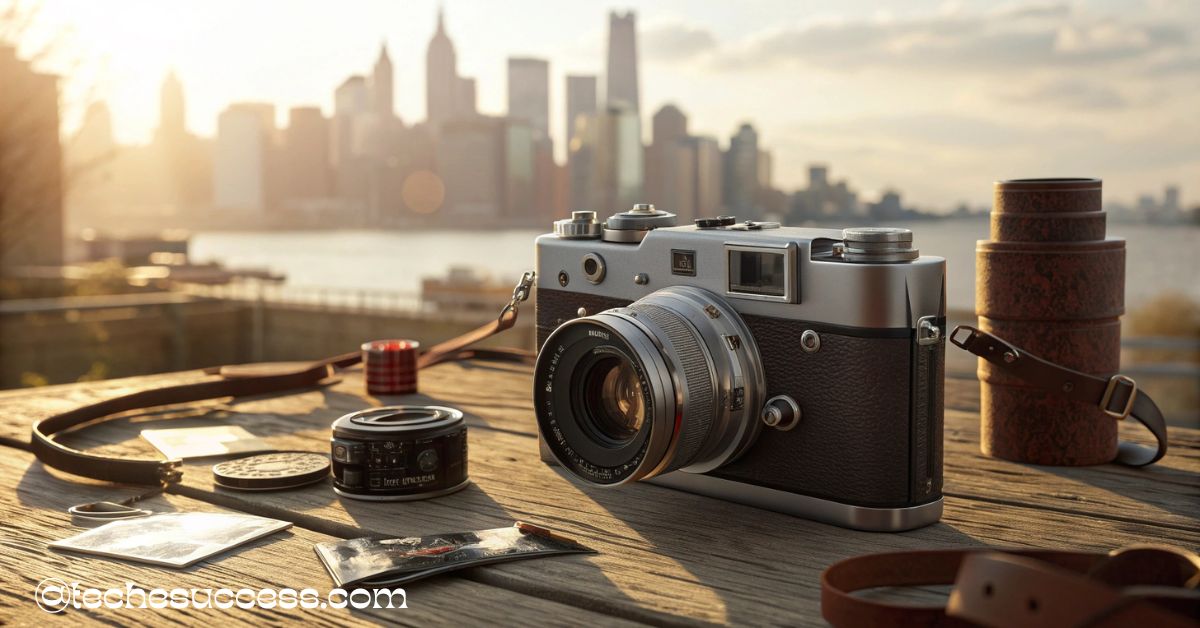
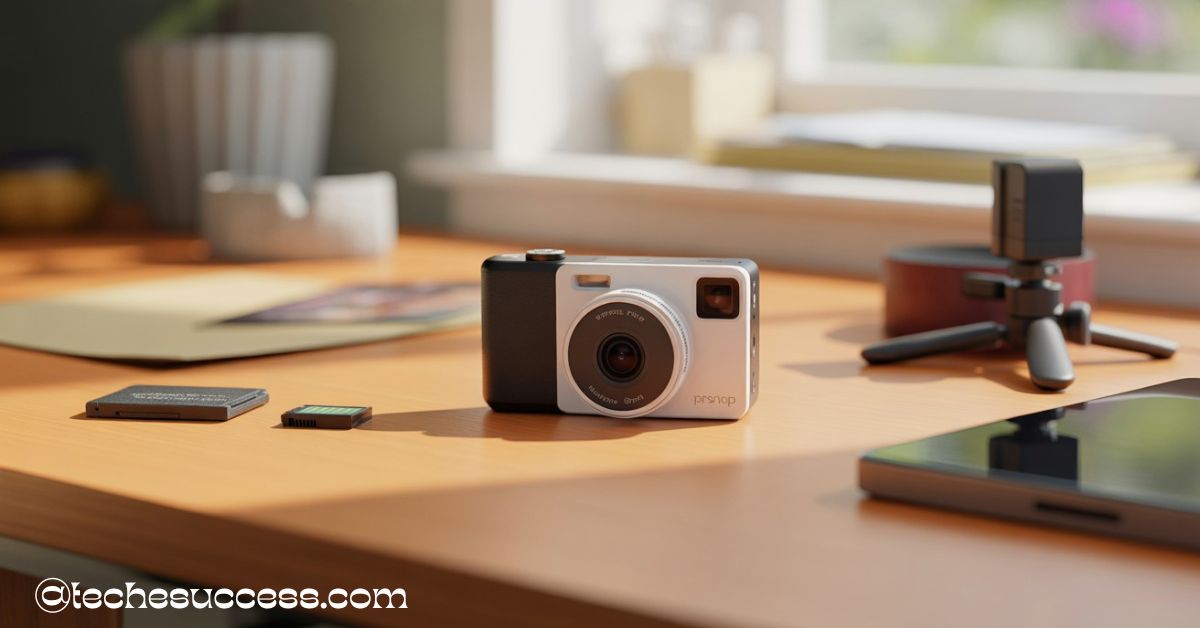
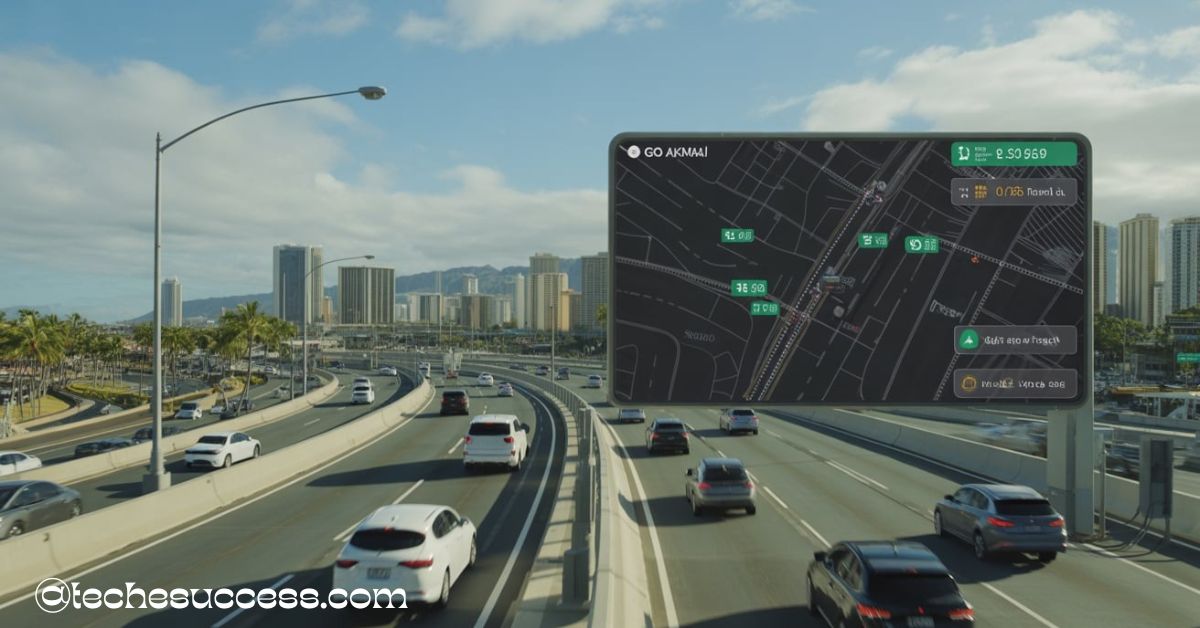
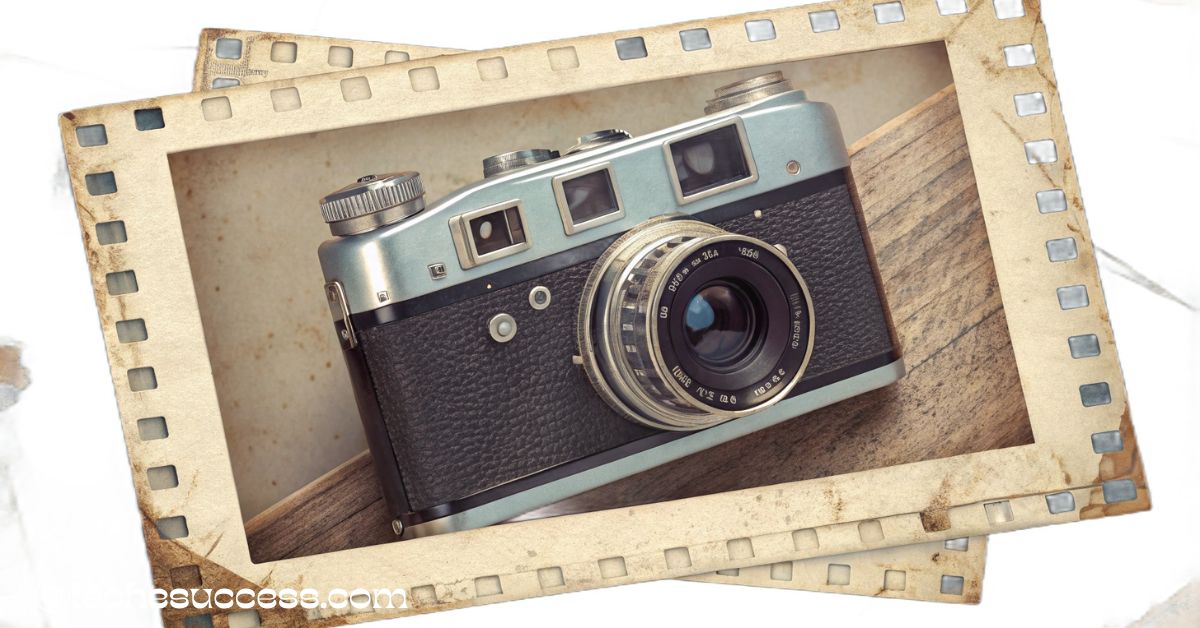
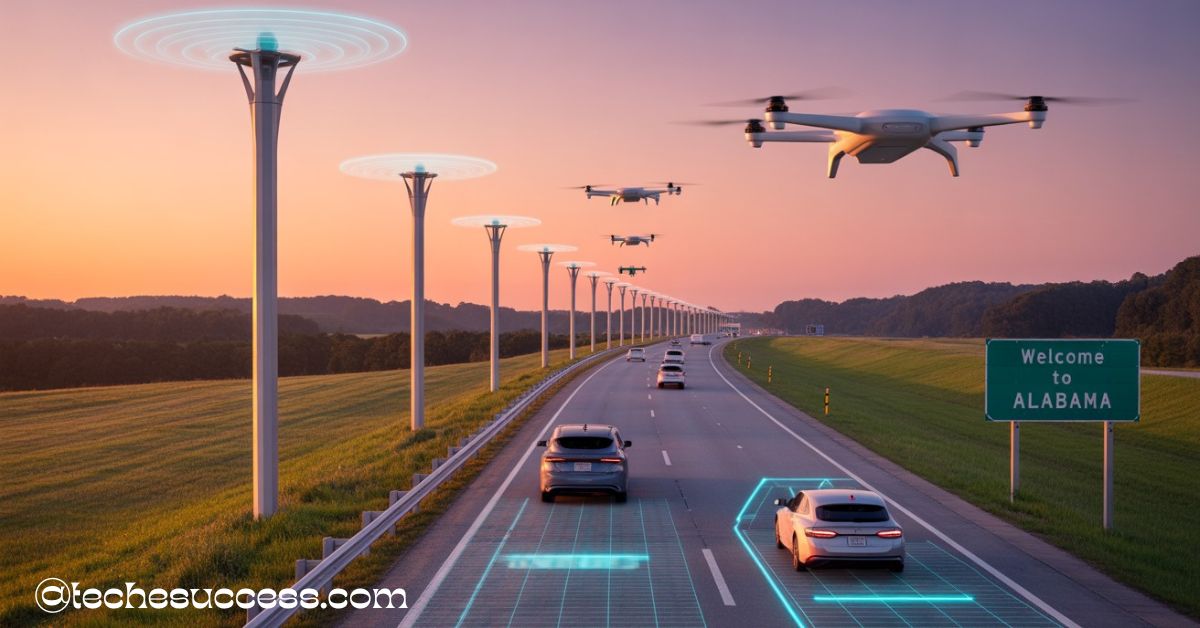
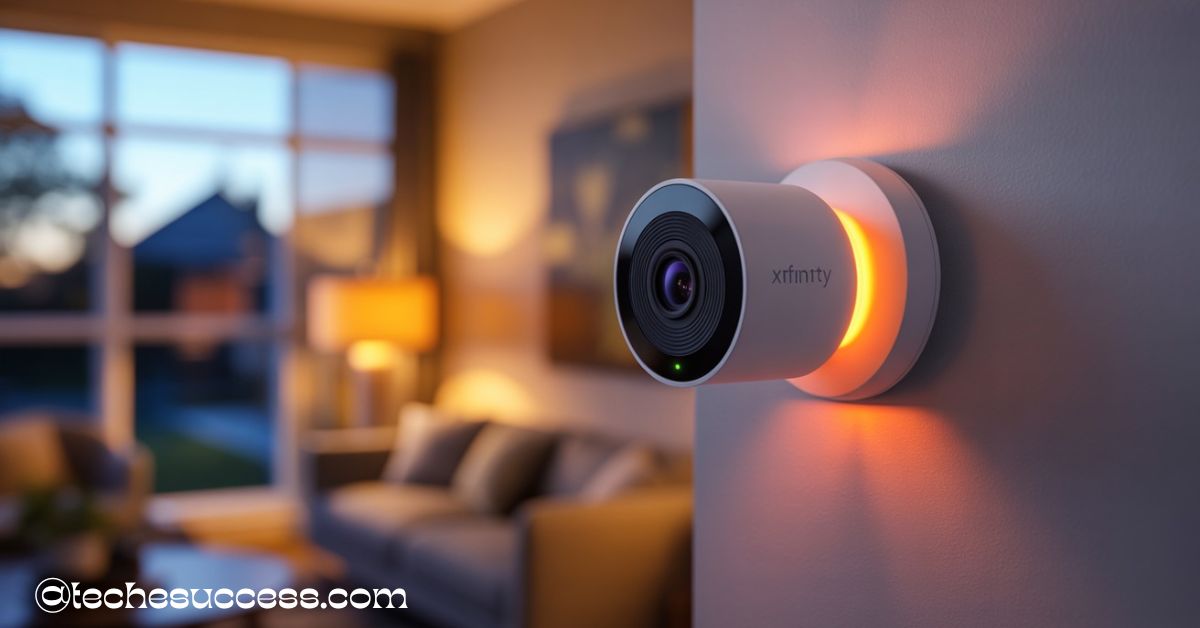







Leave a Reply